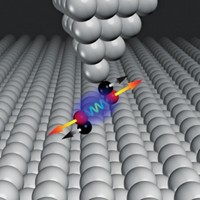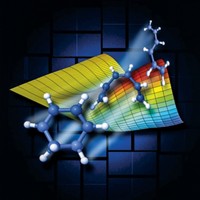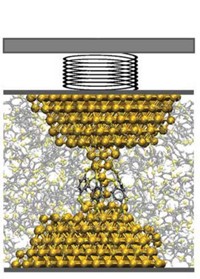Advertisement
Grab your lab coat. Let's get started
Welcome!
Welcome!
Create an account below to get 6 C&EN articles per month, receive newsletters and more - all free.
It seems this is your first time logging in online. Please enter the following information to continue.
As an ACS member you automatically get access to this site. All we need is few more details to create your reading experience.
Not you? Sign in with a different account.
Not you? Sign in with a different account.
ERROR 1
ERROR 1
ERROR 2
ERROR 2
ERROR 2
ERROR 2
ERROR 2
Password and Confirm password must match.
If you have an ACS member number, please enter it here so we can link this account to your membership. (optional)
ERROR 2
ACS values your privacy. By submitting your information, you are gaining access to C&EN and subscribing to our weekly newsletter. We use the information you provide to make your reading experience better, and we will never sell your data to third party members.
Analytical Chemistry
Imaging Molecular Escapes
Method lets researchers watch hydrocarbon chains pass through pores in a nanotube
by Mitch Jacoby
September 22, 2008
| A version of this story appeared in
Volume 86, Issue 38
From cell biology to petroleum chemistry, numerous scientific and technological processes depend on transport of molecules through nanosized pores in membranes and particles. Yet few methods can probe those processes at the molecular level. Now, researchers led by Eiichi Nakamura of the University of Tokyo have demonstrated that transmission electron microscopy can provide an up close look at hydrocarbon chains passing through nanosized pores (Nat. Nanotechnol., DOI:10.1038/nnano.2008.263).
The team inserted fullerene molecules with long hydrocarbon chains into carbon nanotubes (1.4-nm diameter) and imaged the molecules as they moved within the tubes. The images (top), which were interpreted with molecular modeling techniques (bottom), show molecules undergoing rotations and other types of motions. Some molecules approached holes in the tube walls (arrow at top left), slowly pushed their chains through the holes (right), underwent conformational changes, and then retracted the chains into the tubes.
Many of the observations triggered fundamental questions and ideas for follow-up study, the team says. One of those observations, based on similarities between images recorded at room temperature and at 4 K, indicates that the microscope's electron beam is the primary energy source that drives the molecular motion.






Join the conversation
Contact the reporter
Submit a Letter to the Editor for publication
Engage with us on Twitter